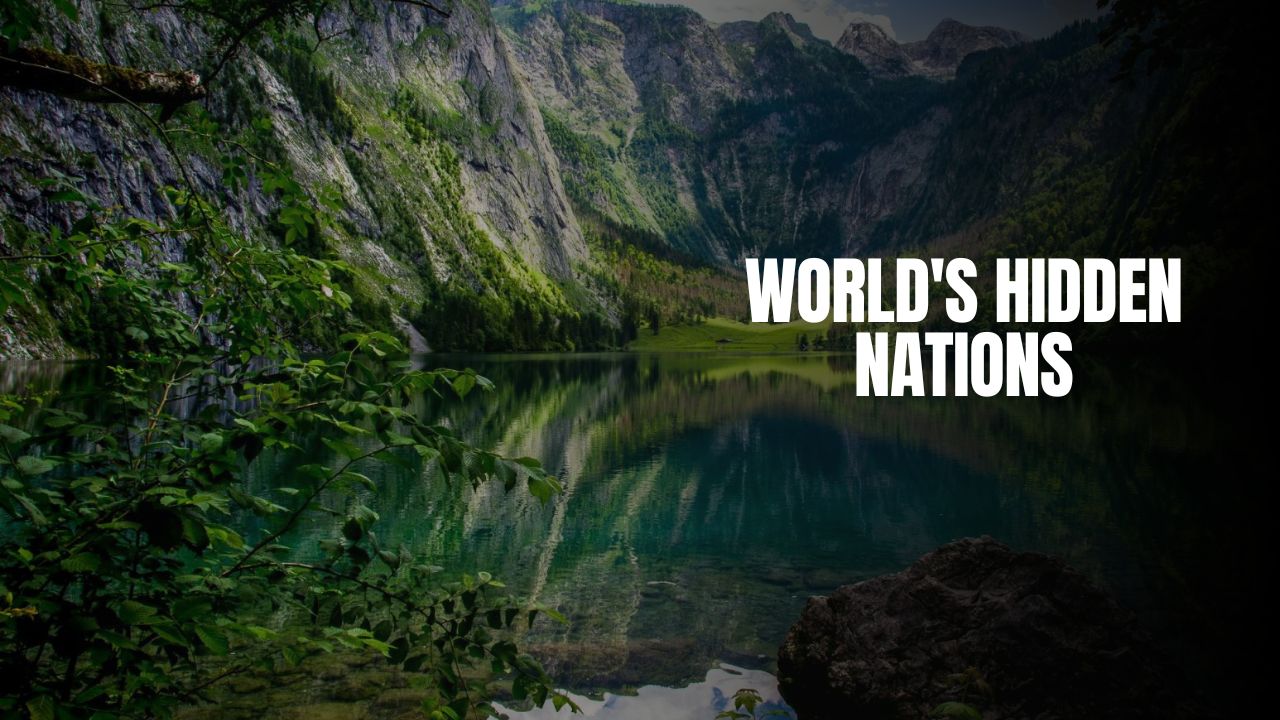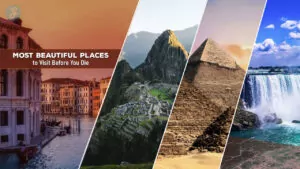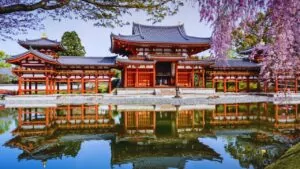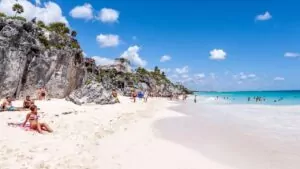In a world where popular destinations often grab the spotlight, numerous obscure countries remain under the radar of mainstream tourism and even global awareness. These hidden gems offer unique cultures, breathtaking landscapes, and a chance to experience life off the beaten path. This article delves into ten obscure countries, shedding light on their history, culture, and what makes them worth a visit.
1. Tuvalu
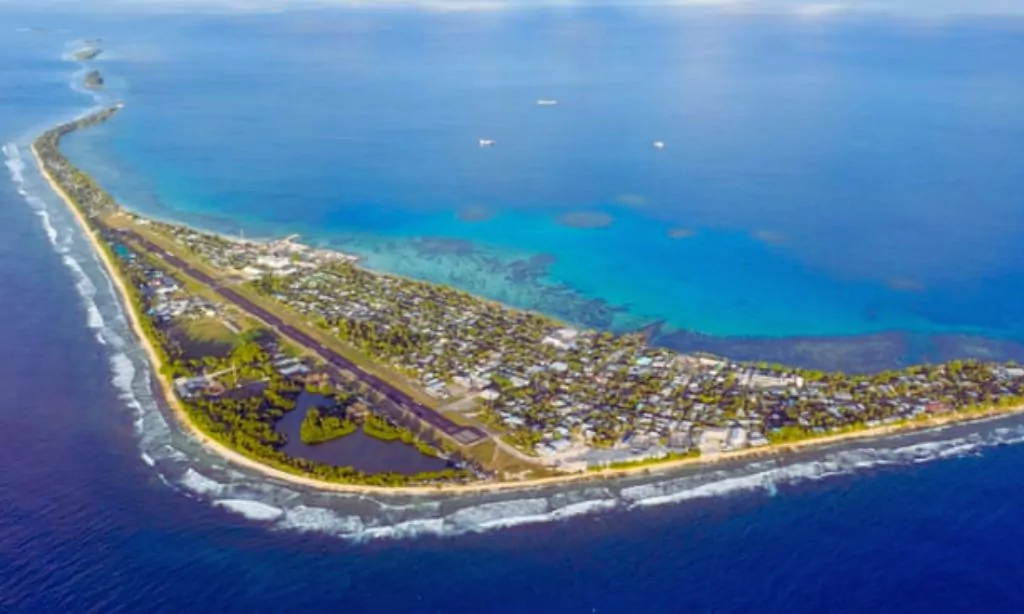
Tuvalu, a small island nation in the Pacific Ocean, is one of the world’s smallest and least populous countries. Often overshadowed by its larger neighbors, Fiji and Samoa, Tuvalu is a serene cluster of nine islands. Its capital, Funafuti, doubles as a coral atoll and a sanctuary for diverse marine life. Tuvalu’s isolation helps preserve its Polynesian culture, with traditional music, dance, and handicrafts still playing a significant role in daily life. The country is also notable for its efforts against climate change, as rising sea levels pose an existential threat.
2. São Tomé and Príncipe
São Tomé and Príncipe, located off the western coast of Central Africa, is Africa’s second-smallest country. This obscure country consists of two archipelagos around the two main islands. The nation’s economy primarily revolves around agriculture, with cocoa production being the backbone. São Tomé and Príncipe is renowned for its biodiversity, including many endemic species like the São Tomé ibis and the giant sunbird. The blend of African, Portuguese, and Creole cultures creates a fascinating cultural tapestry, evident in its music, cuisine, and festivals. Additionally, you can also read about- Puerto Rico Travel Warnings.
3. Comoros
Nestled between Mozambique and Madagascar, Comoros is one of the Indian Ocean’s hidden jewels. This obscure country comprises four main islands, each boasting dramatic volcanic landscapes, lush forests, and pristine beaches. Despite political instability, Comoros maintains a rich cultural heritage, with influences from African, Arab, and French settlers. Its economy hinges on agriculture, with vanilla, cloves, and ylang-ylang as major exports. The country’s relative anonymity makes it a perfect getaway for adventurers and nature lovers.
4. Kiribati
Kiribati, an island republic in the Central Pacific, comprises 33 atolls stretching along the equator. Like Tuvalu, it faces severe threats from climate change, particularly rising sea levels. Obscure and remote, Kiribati offers untouched beaches, excellent fishing, and vibrant local traditions. The nation’s culture is heavily influenced by its oceanic surroundings, with seafaring and fishing being integral to the local lifestyle. Kiribati’s Battle of Tarawa during World War II is a significant historical point of interest, with relics and war memorials dotting Betio island.
5. Bhutan
Bhutan, the “Land of the Thunder Dragon,” lies in the Eastern Himalayas, between China and India. This obscure country is known for its monastic fortresses, or dzongs, and stunning landscapes that range from subtropical plains to steep mountains and valleys. Bhutan measures its prosperity through Gross National Happiness, prioritizing the well-being of its people over economic indicators. The country carefully manages tourism to preserve its environment and culture, offering an exclusive glimpse into a profoundly spiritual and traditional way of life.
6. Nauru
Nauru, once known for having the highest per-capita income due to its phosphate mining, is an obscure country in Micronesia. It is the third-smallest country in the world by area and has a population of under 10,000. The environmental toll of mining has left its mark, making economic revival a significant challenge. Despite these struggles, Nauru’s rich Pacific culture, featuring indigenous music and dance, continues to thrive. Visitors to Nauru can explore its coral reefs, wartime relics, and rugged interior.
You May Find Interest: Most Dangerous Places in Mexico
7. Suriname
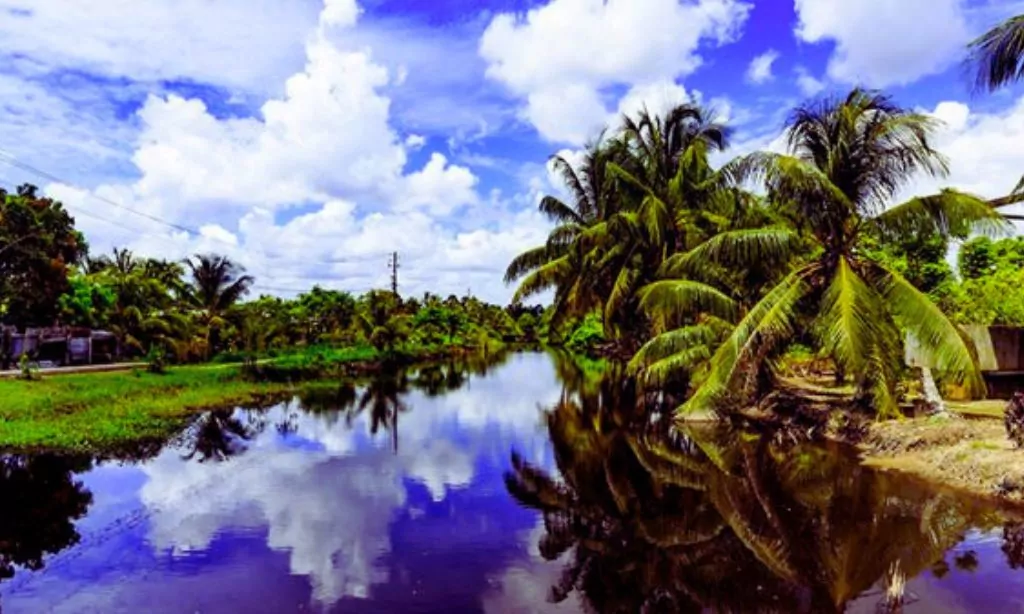
Located on the northeastern coast of South America, Suriname is one of the continent’s least-known countries. It boasts vast expanses of pristine Amazon rainforest, inhabited by traditional tribes and an astonishing variety of wildlife. Suriname’s capital, Paramaribo, is noted for its colonial architecture and diverse ethnic mix, including Creole, Hindustani, Javanese, and Maroon communities. The country’s multicultural makeup is mirrored in its cuisine, festivals, and languages, making it a fascinating destination for culturally curious travelers.
8. San Marino
San Marino claims the title of the world’s oldest republic, having been founded in A.D. 301. Tucked inside Italy, it is also one of the world’s smallest and oldest countries. This obscure country is famous for its historic architecture, including three towers, ancient churches, and a well-preserved medieval town center. San Marino’s economy benefits significantly from tourism, with visitors drawn to its historic sites and vibrant festivals. Despite its size, it maintains a distinct identity and offers a unique window into medieval Europe. If you want you can also read- Best Places to Visit in Africa.
9. Lesotho
Completely landlocked by South Africa, Lesotho is a high-altitude, mountainous country known as the “Kingdom in the Sky.” This obscure country provides stunning panoramas, including Thaba Bosiu, a plateau with historical significance as the birthplace of the Basotho people. Lesotho’s culture revolves around its tribal ancestry, with traditional music, dance, and crafts. The nation is one of the few in the world where traditional blankets are worn as part of everyday attire. Its rugged terrain makes it a prime location for trekking, skiing, and rock climbing.
10. Eritrea
On the Horn of Africa, Eritrea remains one of the most obscure countries due to its reclusive government and limited interaction with the international community. Despite this, the country is a melting pot of cultures, with influences from Italian, Turkish, and Arabic settlers. Eritrea’s capital, Asmara, is recognized for its well-preserved modernist architecture. The country’s Red Sea coastline is dotted with untouched beaches and coral reefs, offering excellent opportunities for diving and snorkeling. However, potential travelers should be mindful of the political and social climate when planning their visit.

